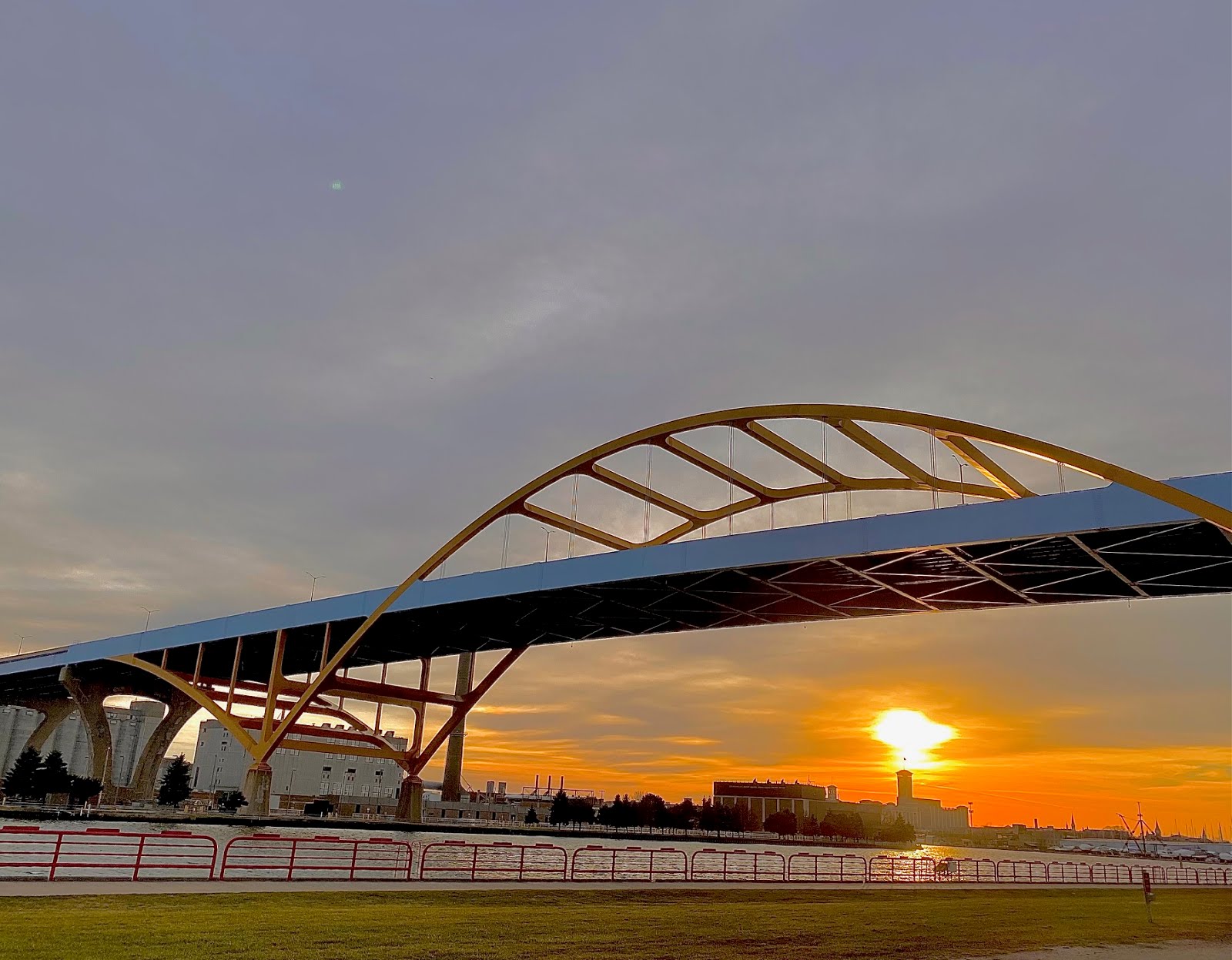Presence Of Asbestos Rock At Iron Mine Site Is Fact, Not Conjecture
Al Gedicks, a veteran of numerous Northern Wisconsin resource debates, points out the facts in a letter to the Journal Sentinel:
To suggest that much of the debate about Gogebic Taconite's proposed iron mine "has centered on conjecture and finger-pointing" is to parrot the company line and dismiss the abundant scientific evidence that this project poses substantial threats to human health ("Experts dig into mine's environment," May 12).
At least three geologists have confirmed that asbestiform grunerite has been found at the site of the proposed mine in large quantities. Northland College geologist Tom Fitz discovered several sites where asbestos minerals are present at dangerous levels where "we really don't want to go there in terms of inhaling this stuff."









1 comment:
In Eastern Mennonite University's recent student documentary "To Wisconsin with Love" Dr. Tom Fitz of Northland College says on-camera that he met with GTac geologists, including Tim Meyers, last year and they told him they knew there was asbestiform grunerite in the mine site and that they were concerned about it. Fitz had two witnesses with him at that meeting.
Interesting to see how Bob Seitz describes that same meeting.
Here is the link to that documentary: https://vimeo.com/92711437
The exchange about asbestiform grunerite begins at 24:08.
Here are a few key sound bites transcribed.
25:51 INTERVIEWER: GTac has said that that is incorrect and what do you say to that… how do you…
25:59 DR. TOM FITZ: That this is not grunerite?
26:03 INTERVIEWER: That is not asbestiform…
26:04 DR. TOM FITZ: That it is not asbestifom and it’s not grunerite? Um, it is both of those things. This sample, not this very sample but one from here has been x-rayed at the University of Wisconsin Madison and at Lawrence University and hit has been shown that it is grunerite and the pattern is that of grunerite and has all of the characteristics you would expect, plus it is the mineral you would expect in this rock. I would expect my students to call it grunerite because that is what really makes sense in this rock.
26:39 BOB SEITZ: A geologist at Northland College said that we had asbestiform grunerite. We met with him privately to keep him from embarrassing himself by… because he hadn’t done the testing. He hadn’t looked at it with the magnifications and things to be able to determine what it was.
29:22 INTERVIEWER: GTac – when you handed them that sample, what did they say? Who was at that meeting and what did they say to you?
DR. TOM FITZ: There were two geologists there and they said that they know there is grunerite in the rock and they are concerned about it.
INTERVIEWER: The geologists from where?
DR. TOM FITZ: From GTac. They said they knew there is grunerite in the rock and they were concerned about it.
(pause)
INTERVIEWER: Really?
DR. TOM FITZ: Yeah.
INTERVIEWER: Ahhhh… okay… and then you gave them…
DR. TOM FITZ: I gave it to them, yeah.
INTERVIEWER: Had they done testing? How did they know?
DR. TOM FITZ: I don’t know what testing they had done at that point and I don’t know what testing they have done since then. The stuff was originally found at Bulk Sample Site Four which is one of the places that they had proposed to take a lot of rock out to send to Minnesota to have ground up and have tests done on it. So I assumed that they had studied it there and that is where the grunerite was originially found. But later they took that out of their bulk sampling plan, they didn’t actually end up sending bulk sampling from Bulk Sample Site Four.
Post a Comment